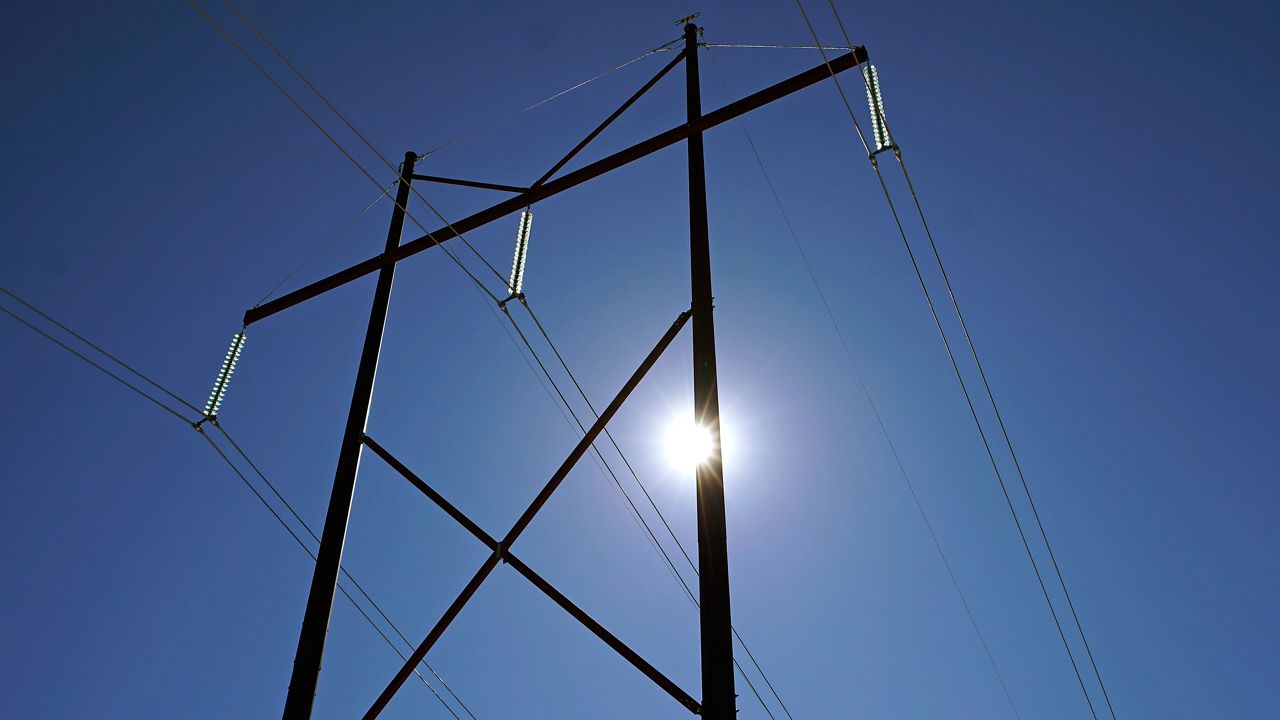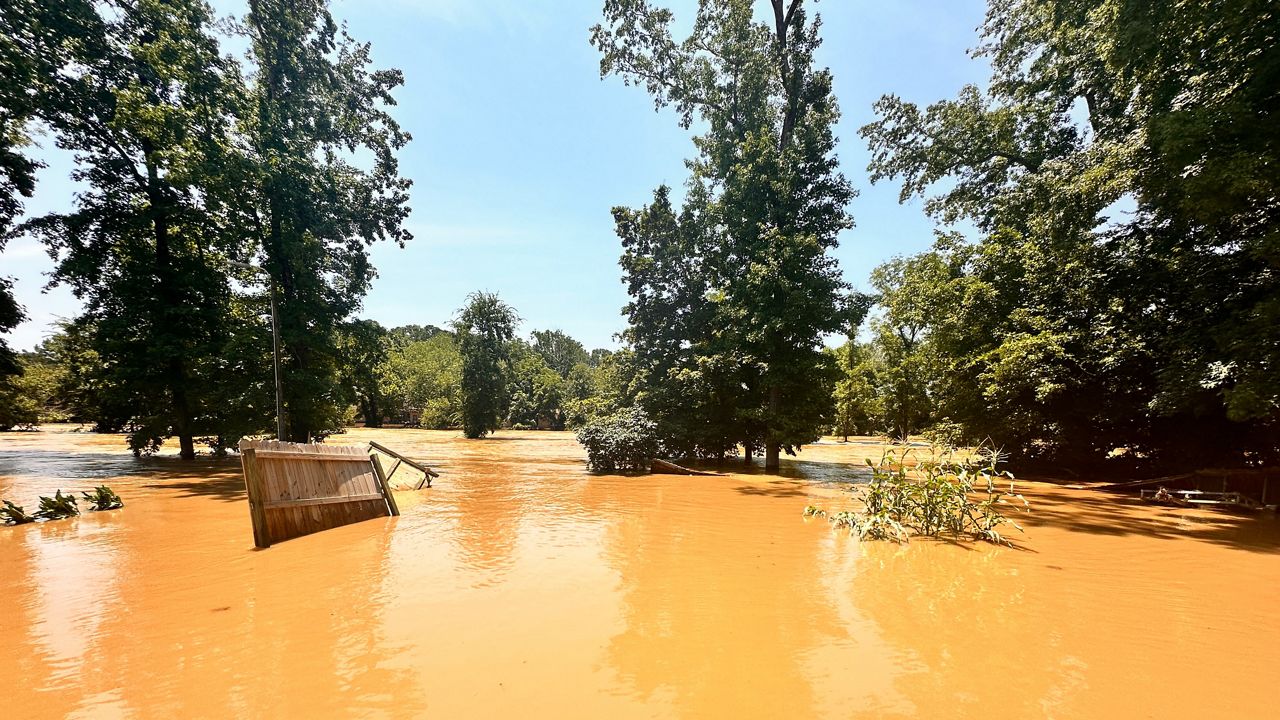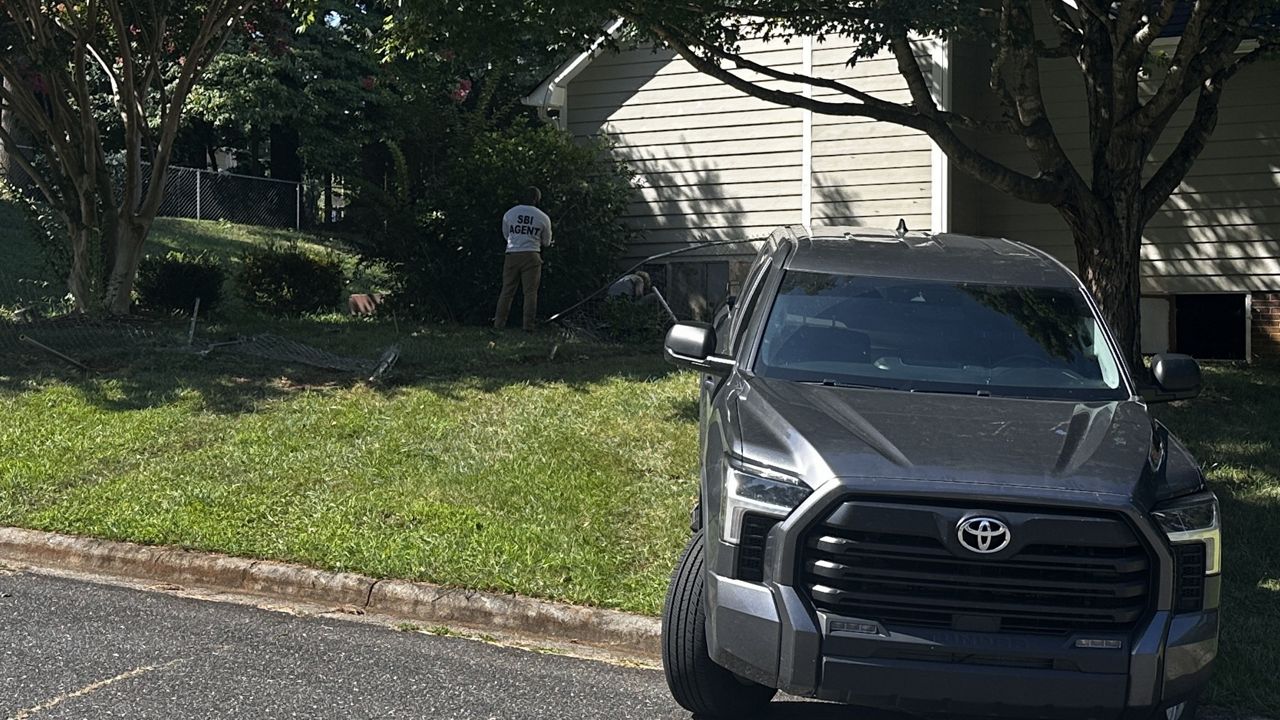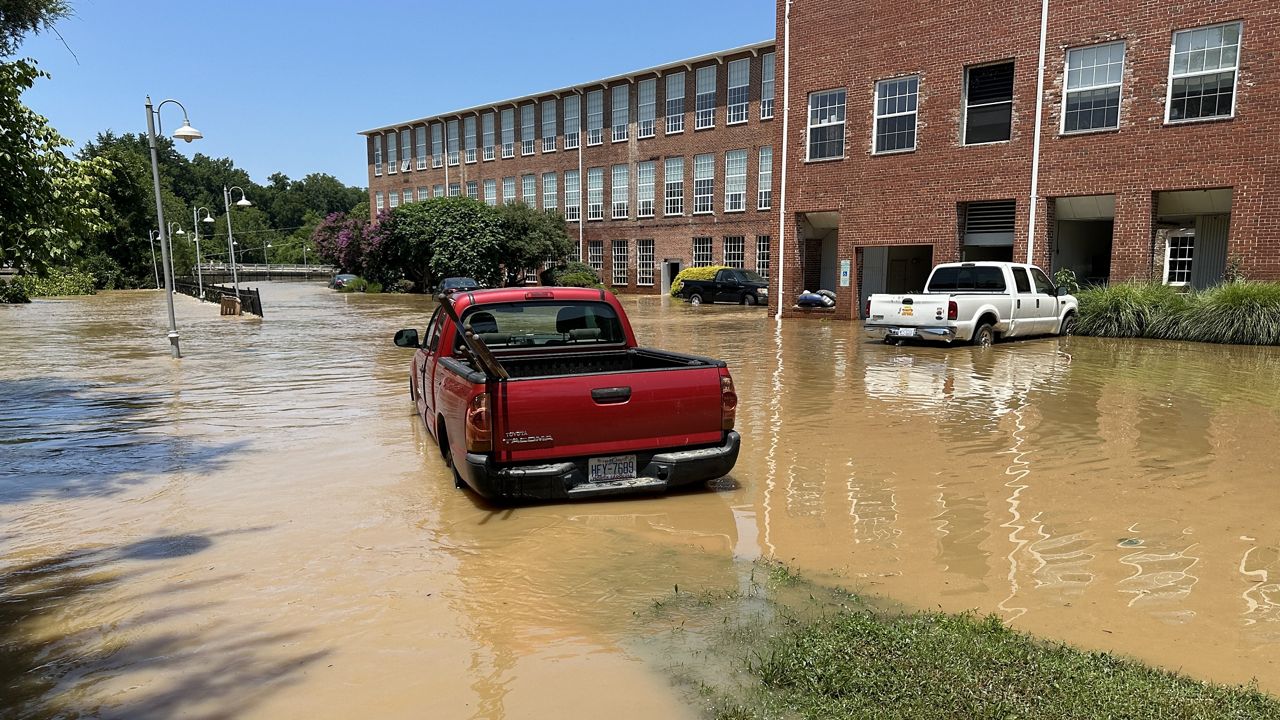Equipment problems, software failures, higher-than-expected demand, frigid temperatures, power deliveries that never showed up: Duke Energy executives on Tuesday laid out a cascade of problems that led to rolling blackouts on Christmas Eve.
Temperatures stayed below freezing for much of the state Dec. 24, causing a spike in energy use that was much higher than Duke Energy expected, executives said Tuesday as they briefed North Carolina regulators.
“It was a very cold day in December, which is unusual, with very high winds,” Duke Energy’s Nelson Peeler told the North Carolina Utilities Commission. “The holiday makes it more complicated.”
Duke has faced criticism from regulators and state leaders, including Gov. Roy Cooper, as the company cut power with no notice. Some customers were without power for hours. Federal regulators are also investigating the blackouts.
Before the worst of the cold front moved in Dec. 23 and 24, Duke Energy forecasted the energy demand would be lower than it ended up being, by 10%, company representatives said. For Duke Energy Progress, the estimate was about 5% below what actually happened.
“It got much colder, much faster than what we normally see here in the Carolinas,” said Duke’s Sam Holman. “Demand rose faster than our models predicted.”
The system Duke Energy uses to forecast power demand did not have the experience of a Christmas weekend in its models, the Duke executives said.
Duke bought more power from out-of-state, but other power companies were in the same situation and that extra capacity never showed up, he said.
“We made the only decision that we could. For the first time in our company’s history, we implemented rolling service interruptions,” Holman told regulators.
Executives with the company apologized for the rolling blackouts and for not communicating with customers before the power was cut.
“We are sorry for what our customers experienced,” said Julie Janson, executive vice president and CEO, Duke Energy Carolinas. “We regret not being able to provide customers as much advance notice as we would have liked, and acknowledge that the outages themselves lasted far longer than we first expected.”
Many people around North Carolina woke up without power and never got notice about the impending blackouts.
“The fast-moving pace of events leading up to the temporary outages did not permit us to be as proactive in our communications as we would have liked, and although we provided information to customers across news media, social media and our company website throughout the day, the information was not as accurate as what our customers are typically accustomed to,” Bowman said.
Another problem was with the automated system that was supposed to control rolling 15-minute power outages. If the system worked the way it should have, customers would have lost power for 15 to 30 minutes as the company balanced the disruption across different areas. But it didn’t work that way.
The automated system failed, leaving Duke Energy workers to run the outages manually, a much more difficult process that left many without power for hours.
After the blackouts that hit hundreds of thousands in North Carolina, Duke Energy asked customers to try to conserve power on Christmas and the following day. The company was able to avoid any more blackouts over the holiday weekend.









)